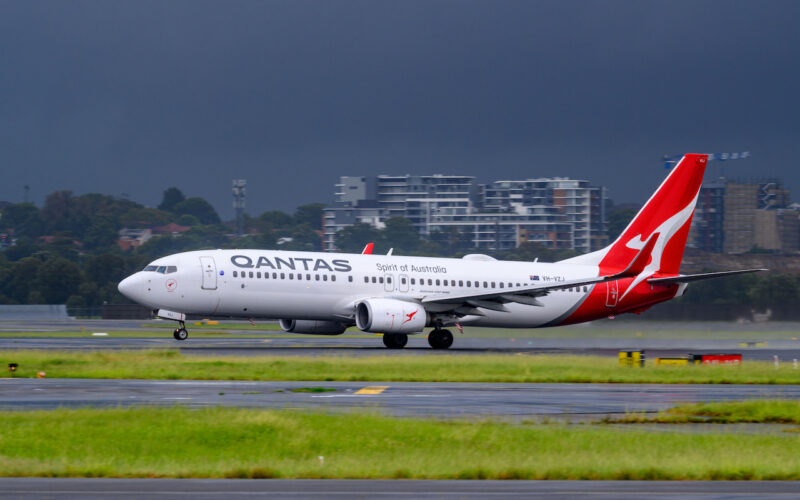Qantas flight turns back to Fiji, marking the airline’s fifth incident in a week

Flight QF 102 was bound for Sydney on the evening of January 22, 2023 when it was forced to turn back mid-flight as a precaution after pilots received a report of fumes in the cabin.
The pilots of the Boeing 737 aircraft requested a priority landing, and all passengers were safe as the plane landed without any issues.
This marks the Australian carrier’s fifth incident in a week.
Qantas incidents in January 2023
January 18, 2023 – QF 144 was bound for Sydney from Auckland when flight crew issued a mayday distress signal over the Pacific Ocean. The aircraft landed without further incidents.
January 19, 2023 – QF 101 was flying to Nadi, Fiji when it was forced to turn back to Sydney as a “precaution” after pilots received a warning about a potential mechanical issue.
January 20, 2023 – QF 430 departed Melbourne and was bound for Sydney, but the Boeing 737 aircraft was forced to circle back after the pilots received an indication of a minor engine issue shortly after takeoff.
QF 1516 departed Melbourne, and was headed to Canberra, when the Boeing 717 aircraft experienced issues with its flaps and was also forced to turn back to Melbourne Airport.
Erring on the side of caution
“Our pilots are trained to always err on the side of caution.”
This was what Qantas domestic and international CEO Andrew David said when questioned about the airline’s string of flights that had to turn back due to separate issues in a week.
Qantas provided AeroTime with an emailed statement, alongside a transcript of an interview with Sydney news and talk radio station 2GB,emphasizing that “there are absolutely no issues at Qantas.”
“The global aviation industry would average about 10,000 diversions or air turn backs per year. We average about 60 per year. Yes, we’ve had four or five in the last week or so. But our pilots are trained always to err on the side of caution, and they will turn back if there are any issues at all,” David said.
Engine shutdown is below industry average
Qantas also said that, globally, there are an estimated 400-500 engine shutdowns across all narrow body jet aircraft per year, and its shut down rate on the Boeing 737 is well below the industry average.
Is Qantas’ fleet of aircraft old?
After a succession of aircraft incidents, particularly with the Boeing 737, this question was inevitably raised by 2GB.
“Those particular aircraft are all within, well, within the 20 years that we would normally start retiring aircraft. We do have a new aircraft coming every month this year,” David said.
“For example, the one going into Sydney from Auckland last week with the engine shut down was only about 10 years old. And that aircraft and engines would fly normally for about 20 years. So, we’re quite happy with the age of both the fleet and the engines,” David added.
Is Qantas outsourcing its engineers and maintenance workers?
As news of Qantas’ flight incidents mounted over the week, several public comments on social media suggested that Qantas is outsourcing its engineers and maintenance workers.
Davis debunked the speculation, stating that: “We haven’t changed anything on engineering and maintenance from the way it was operating pre-COVID. With big aircraft, we do what every other airline does and we get those maintained for their heavy checks in the overseas bases. But all of our 737s, the vast majority of 737s and a lot of 320s are maintained here in Australia, under our own facilities, that hasn’t changed.”
